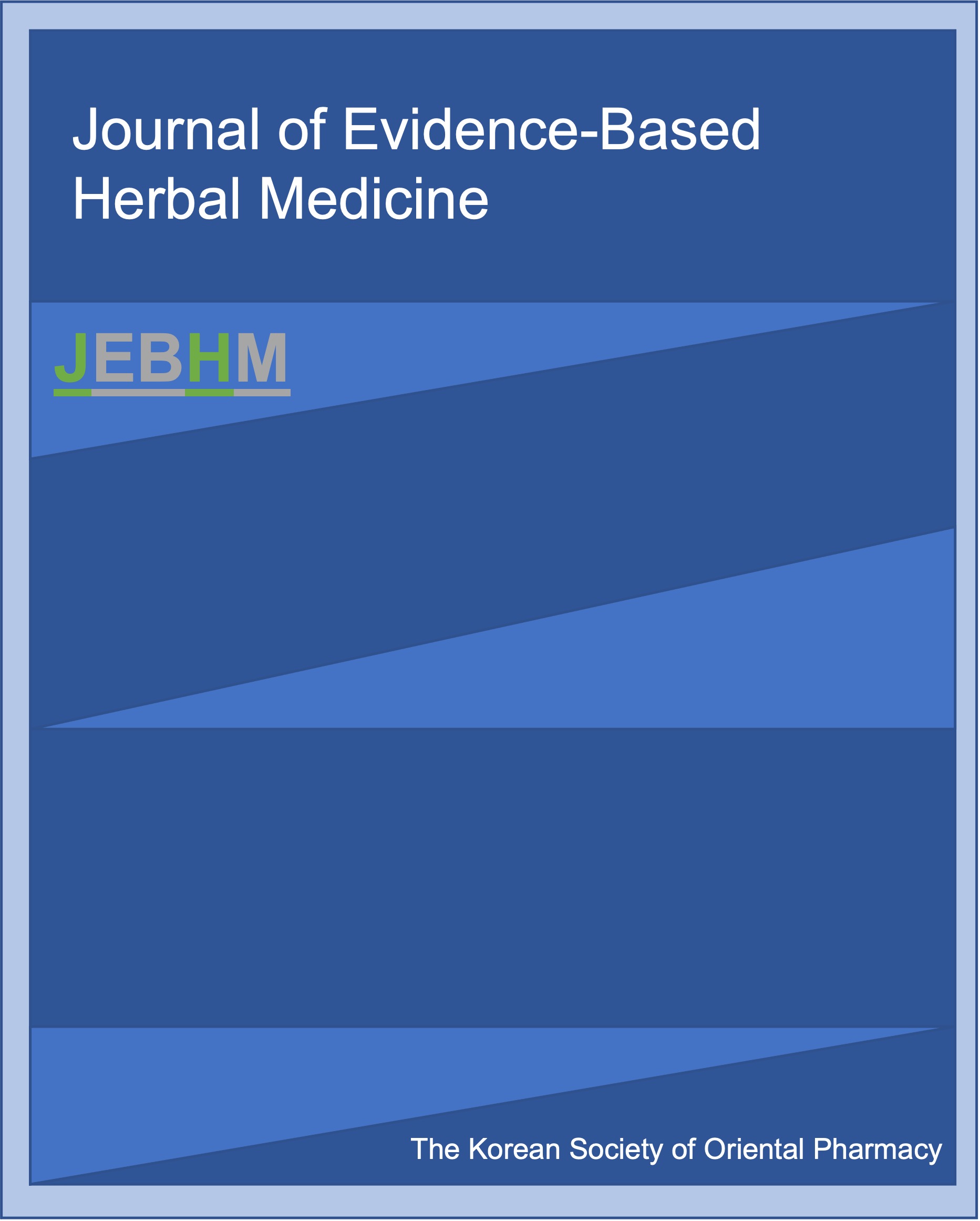The effect of hot melt extrusion of Polygonatum odoratum on antioxidant activity and extraction efficiency
The effect of hot melt extrusion of Polygonatum odoratum on antioxidant activity and extraction efficiency
Su-Ji Ryu (Kangwon National University)
Jong-Suep Baek (Kangwon National University)
초록
Polygonatum odoratum (P. odoratum) contains many low water solubility active ingredients, but it cannot show high extraction efficiency in the case of P. odoratum, which is mainly used as tea. In this study, the physiologically active components and antioxidant activity of P. odoratum cultivated in Samcheok were compared after hot melt extrusion (HME) processing with additives. After extraction, total phenolic and flavonoid content and antioxidant activity were measured. The 2,2-diphenyl-1-picrylhydrazide (DPPH) and '2,2'-azino-bis (3-ethylbenzothiazoline-6-sulfonic acid) (ABTS) assays were used to evaluate antioxidant activity. Total phenols and flavonoids in hot melted extruded P. odoratum were all increased compared to non-extruded P. odoratum (Con) and increased in the order of F2>F1>F3. A decrease in IC50 value was observed in HME P. odoratum, and a correlation between an increase in active ingredients such as phenols and flavonoids and antioxidant activity was confirmed. These results suggest that the application of HME increases the water solubility of P. odoratum and that differentiated P. odoratum can be manufactured through HME.
- keywords
- Hot-melt extrusion, Polygonatum odoratum, Solubility, Antioxidant
Abstract
Polygonatum odoratum (P. odoratum) contains many low water solubility active ingredients, but it cannot show high extraction efficiency in the case of P. odoratum, which is mainly used as tea. In this study, the physiologically active components and antioxidant activity of P. odoratum cultivated in Samcheok were compared after hot melt extrusion (HME) processing with additives. After extraction, total phenolic and flavonoid content and antioxidant activity were measured. The 2,2-diphenyl-1-picrylhydrazide (DPPH) and '2,2'-azino-bis (3-ethylbenzothiazoline-6-sulfonic acid) (ABTS) assays were used to evaluate antioxidant activity. Total phenols and flavonoids in hot melted extruded P. odoratum were all increased compared to non-extruded P. odoratum (Con) and increased in the order of F2>F1>F3. A decrease in IC50 value was observed in HME P. odoratum, and a correlation between an increase in active ingredients such as phenols and flavonoids and antioxidant activity was confirmed. These results suggest that the application of HME increases the water solubility of P. odoratum and that differentiated P. odoratum can be manufactured through HME.
- keywords
- Hot-melt extrusion, Polygonatum odoratum, Solubility, Antioxidant
- 투고일Submission Date
- 2024-08-19
- 수정일Revised Date
- 게재확정일Accepted Date
- 2024-10-11
- 68다운로드 수
- 207조회수
- 0KCI 피인용수
- 0WOS 피인용수


